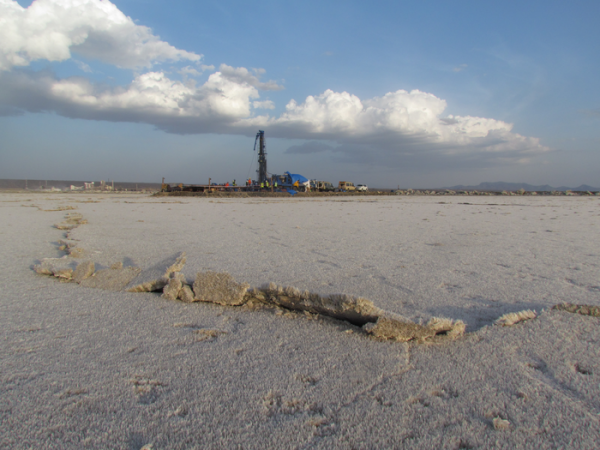A new study combining climate data with fossil records of large mammals that lived across Africa during the last 4 million years casts doubt on a long-standing hypothesis that repeated shifts in climate acted as major drivers of evolutionary change in mammals, including human ancestors.
Published this week in the journal Proceedings of the National Academy of Sciences, the study yields an African continent-wide synthesis of environmental variability during the Plio-Pleistocene, a period in Earth's history that spans roughly the last 5 million years and includes the last ice age about 20,000 years ago.
The study finds that environmental variability during that time mirrors changes in the Earth's orbit and orientation with respect to the sun, as predicted by a natural phenomenon known as Milankovic cycles. These cycles expose our planet to varying intensity of solar radiation, resulting in well-documented, cyclical effects on Earth's climate at various frequencies.
The researchers observed a long-term trend of increasing environmental variability across Africa attributable to variations in global ice volume and ocean temperature. The results did not, however, yield a significant correlation between environmental variation and rates of species origination or extinction, suggesting that environmental variability and species turnover may not be closely related, a notion that has been widely debated in the scientific community.
Read more at: University of Arizona
During the dry season, evaporating water leaves behind trona crystals, which grow on the lakebed of Lake Magadi, the southernmost lake in the Kenyan Rift Valley. A drilling rig used in the study is seen towering above the dry lakebed. (Photo Credit: Andrew Cohen/University of Arizon)


